JoL
No longer a newbie, moving up!
- Joined
- Mar 18, 2013
- Messages
- 147
- Reaction score
- 82
- Location
- Boston
- Can others edit my Photos
- Photos OK to edit
Thanks for all the comments.
This is the second time I printed anything in the darkroom, so there's not much to compare it to. I'm using a Minolta Himatic 7s.
I will do a test print for red light safety and one just exposing the paper without a negative to look for light inconsistencies.
Before switching to processing b&w film myself I got rolls of color print film developed and scanned at Walgreens. They came out pretty nice without any streaks, so I won't start worrying about the camera yet. I'll definitely start at the end of the process with investigating the print process. After that, trying a different kind of film would probably be my next focus.
I'm not frustrated at all about the results. Up until now I had way too few problems with shooting and processing film.
Keep posting if you have any other ideas and suggestions. I'll let you know once I found out more.
JoL
This is the second time I printed anything in the darkroom, so there's not much to compare it to. I'm using a Minolta Himatic 7s.
I will do a test print for red light safety and one just exposing the paper without a negative to look for light inconsistencies.
Before switching to processing b&w film myself I got rolls of color print film developed and scanned at Walgreens. They came out pretty nice without any streaks, so I won't start worrying about the camera yet. I'll definitely start at the end of the process with investigating the print process. After that, trying a different kind of film would probably be my next focus.
I'm not frustrated at all about the results. Up until now I had way too few problems with shooting and processing film.
Keep posting if you have any other ideas and suggestions. I'll let you know once I found out more.
JoL


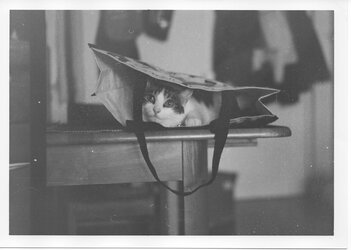
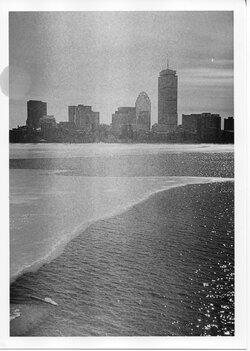
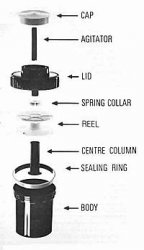
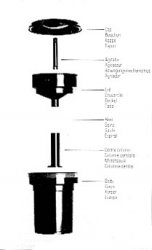




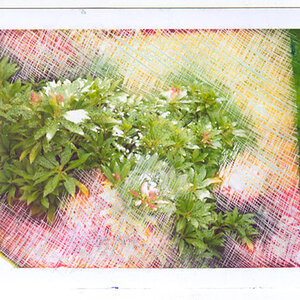


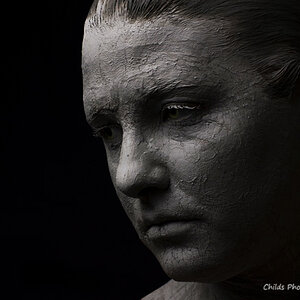
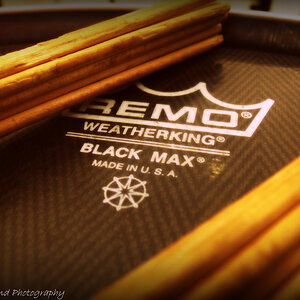
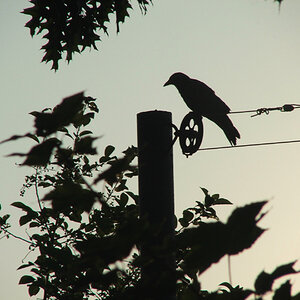

![[No title]](/data/xfmg/thumbnail/31/31011-439c1242fe08cf6b54f32bf06523a567.jpg?1619734567)